This product is a reprint of Ukiyo-e? What is the difference between reprinted ukiyo-e and ukiyo-e produced in Japan’s Edo period? It makes no difference. The only difference is the era in which they were made. The woodblocks are re-carved and hand-printed one by one on traditional Japanese paper. The greatest attraction of ukiyo-e is the unique soft texture of Japanese paper and woodblock prints, and the vivid colors that people of the time must have enjoyed. ¦Image size:13.54inch × 8.90inch. ¦Paper:Washi(Japanese traditional paper:Echizen Seiji Hosho). ¦This illustration is one of Hiroshige’s popular series “Rokujuyoshu Meisho Zue” in his later years. This drawing, depicting the Naruto Whirlpools, which is still famous as a tourist spot, is considered one of the masterpieces of the Rokujuyoshu Meisho Zue. Waves collide with each other, and it seems as if you can hear a tremendous roar from the whirlpools that flow while intermingling. About Kiso Kaido Rokujuku? The Kiso Kaido Sixty-Nine Stations (Kiso Kaido Rokujukyu Tsugi) is a famous route for sightseeing trips in Japan during the Edo period. It is a renowned series of works by the ukiyo-e artist Utagawa Hiroshige, alongside his Fifty-Three Stations of the Tokaido. The Kiso Kaido (Kiso Highway) was a road connecting the Shinshu region, primarily in present-day Nagano Prefecture. It served as an important transportation route from the medieval period to the early modern era. Hiroshige’s series of prints, known as the “Kiso Kaido Sixty-Nine Stations, ” depicts the scenic spots and landscapes along this road, comprising a total of 69 woodblock prints. The prints of the Kiso Kaido Sixty-Nine Stations beautifully depict famous sightseeing spots, post towns, hot springs, and other landmarks visited by travelers. Hiroshige’s skill and unique perspective allow viewers to experience the landscapes and historical background of travel during the Edo period. This series of ukiyo-e prints continues to be highly regarded as a traditional Japanese art form and is recognized as one of Hiroshige’s masterpieces. Not only can one enjoy the sight of travelers journeying along the Kiso Kaido and its landscapes through these prints, but they also provide valuable insights into Japan’s history and culture from that time. In the Tenpo era, all 55 paintings of “Fifty-three Stations of the Tokaido” published by Hoeido became a big hit, and since then he has painted many landscape paintings of the Tokaido. He also left outstanding poetic works in his paintings of flowers and birds, and in his greatest series, One Hundred Famous Views of Edo, which he worked on in his final years, he depicted the seasonal scenery of Edo from a unique perspective and rich sensibility. The series is also known for being copied by Van Gogh.
Ukiyo-e Artist / Hiroshige UtagawaAwanarutonofuwa / japanese woodblock print
Posted by adminAug 10
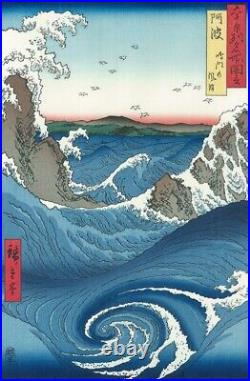
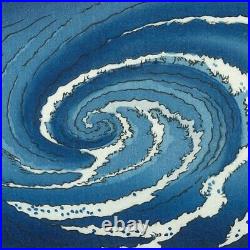
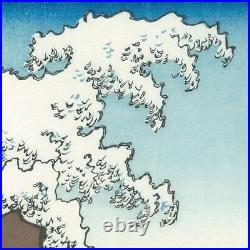
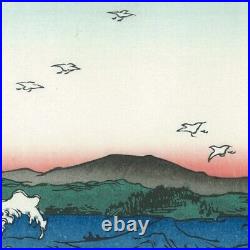
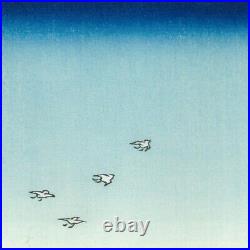
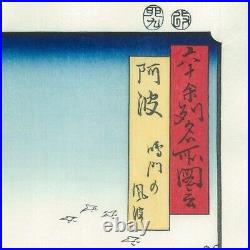
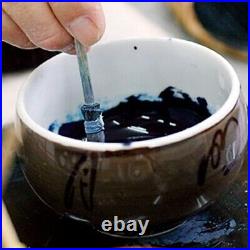
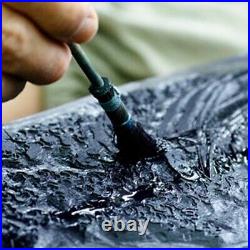

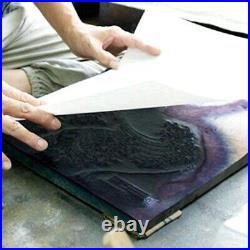


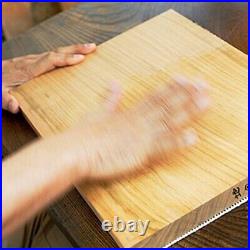

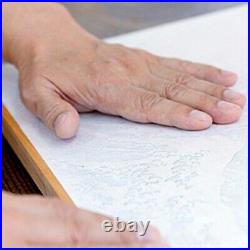
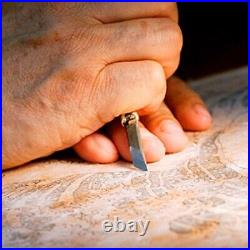
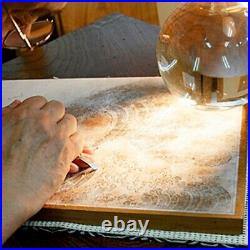
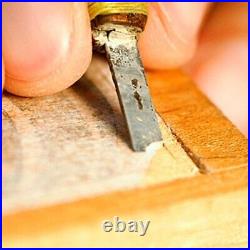
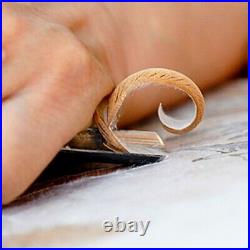
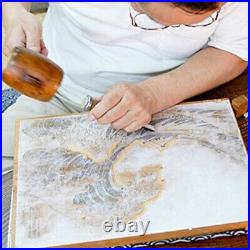

No comments